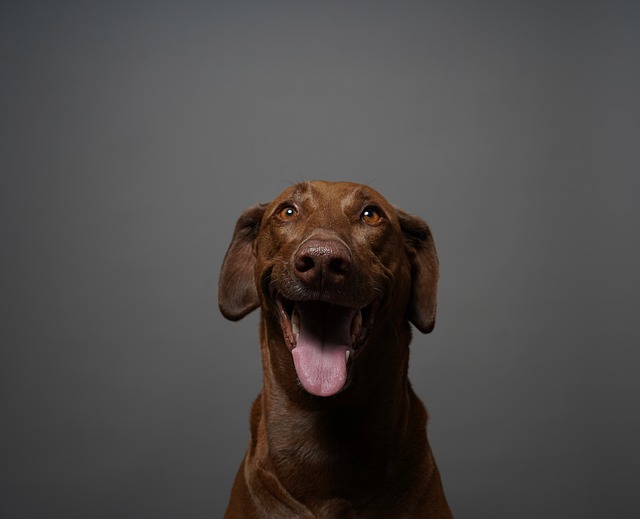
How to treat dogs with skin disease?
You might notice your dog scratching itself nonstop on the couch, or spot red, flaky patches on its belly after a walk in the park.
I sat with my friend Lila in her Chicago apartment last weekend, surrounded by grooming tools—slicker brush, rubber curry comb, and a half-empty bottle of shampoo—while her two dogs hovered nearby: 3-year-old Golden Retriever Charlie (fluffy, shedding buckets) and 1-year-old Poodle mix Mabel (curly, prone to mats). “I brushed Charlie wet yesterday and he yelped—now Mabel’s due. Is it better to groom a dog wet or dry? I can’t keep guessing,” Lila said, picking up a brush and hesitating. If you’re a new U.S. dog owner staring at a furry mess and conflicting advice, the answer isn’t “one size fits all”—it depends on your dog’s coat, what you’re grooming for, and keeping them calm.
To understand why wet vs. dry grooming matters, let’s break down canine coat biology. A dog’s fur has two layers (for double-coated breeds like Charlie) or one (like Mabel’s curly coat), and water changes its texture: wet fur clings together, making tangles tighter and more painful to brush out. Lila’s vet explained that dry grooming is for removing loose fur and preventing mats—when fur is dry, a brush glides through, lifting dead hair without pulling. Wet grooming (brushing during/after a bath) is for deep cleaning and shaping—but only if you prep first. Scolding a dog for flinching when brushing wet fur (like Lila almost did with Charlie) violates U.S. animal welfare standards; he wasn’t misbehaving—wet tangles hurt, and our job is to make grooming gentle, not stressful.
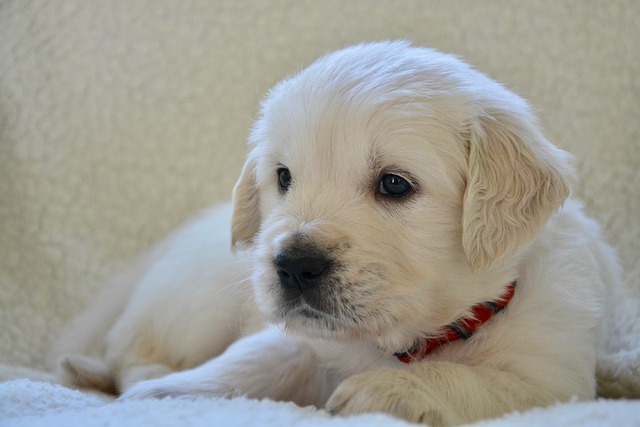
Here’s when to groom wet vs. dry, using Lila’s routine that worked for both dogs: First, dry grooming: the daily/weekly “preventive”. For Charlie’s shedding coat, Lila uses a rubber curry comb every morning—dry, right after he eats (a calm time). She gives him freeze-dried chicken treats after every few strokes (positive reinforcement), and the comb pulls out handfuls of loose fur before it ends up on her couch. For Mabel’s curly coat, she uses a slicker brush dry twice a week to work out tiny mats near her ears—dry fur lets her spot tangles early, before they turn into painful clumps. Dry grooming is non-negotiable for most breeds; skip it, and wet baths will turn tangles into “felt” that’s hard to fix. Second, wet grooming: only after dry prep (and for specific jobs). When Charlie needs a bath (after rolling in mud), Lila brushes him thoroughly dry first—this removes loose fur so wetting doesn’t mat the rest. She uses lukewarm water, a hypoallergenic shampoo, and a soft brush during the rinse to work out any remaining loose hair. Mabel gets a wet brush only when trimming her paws—wet fur lies flat, making it easier to see where to cut (she rewards Mabel with a toy mid-trim to keep her still). Third, never groom soaking wet fur “cold turkey”. Lila learned this with Charlie: brushing him right out of the tub pulled his wet, tangled fur, making him fear baths. Now she towels him off first, lets him air-dry for 10 minutes (still damp but not dripping), then uses a wide-tooth comb—gentle, no yelps.
For apartment living, tailor grooming to small spaces: Use a waterproof mat on the floor for wet grooming (catches water and fur, easy to wipe down) and a lint roller nearby to clean up dry fur (avoids leaving clumps on shared couches). When walking post-grooming, carry two essentials: biodegradable poop bags (Chicago fines $200 for leaving messes, even with a freshly brushed pup) and a small brush—quick dry strokes by the park bench keep loose fur from getting on other dogs. Practice community etiquette: If a neighbor compliments your dog’s coat, mention “dry brushing daily!”—new owners love tips, and it avoids awkwardness if your pup sheds a little. Never skip vet checkups: Lila’s vet showed her how to brush Mabel’s undercoat (she was missing it!) and confirmed both dogs’ rabies vaccines were up to date (mandatory nationwide)—vets can spot coat issues (like dry skin) during grooming talks, but they need current shots to advise.
Three days later, Lila texted me a photo: Charlie and Mabel lying on a fur-free couch, both freshly brushed—Charlie’s coat shiny, Mabel’s curls mat-free. Is it better to groom a dog wet or dry? For Lila’s crew, dry for daily care, wet only after prep. For your pup, it’s about their coat type, patience, and turning every brush stroke into a treat-filled bonding moment. Grooming isn’t about perfection—it’s about keeping them comfortable, one gentle stroke at a time.

You might notice your dog scratching itself nonstop on the couch, or spot red, flaky patches on its belly after a walk in the park.
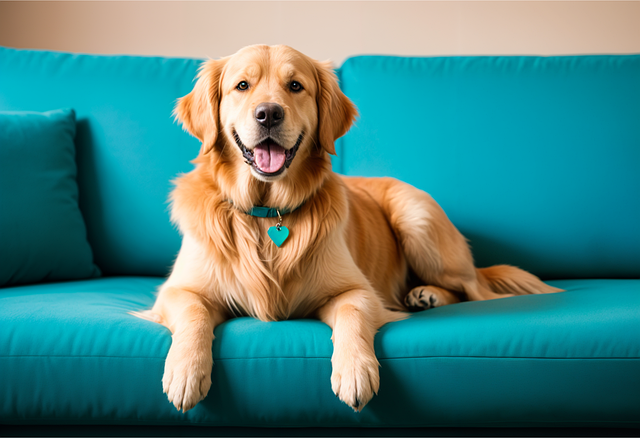
I sat with my friend Jake on his Phoenix, Arizona patio last July, watching his 3-year-old English Bulldog, Stella, lie flat on the cool tile—tongue lolling, paws splayed
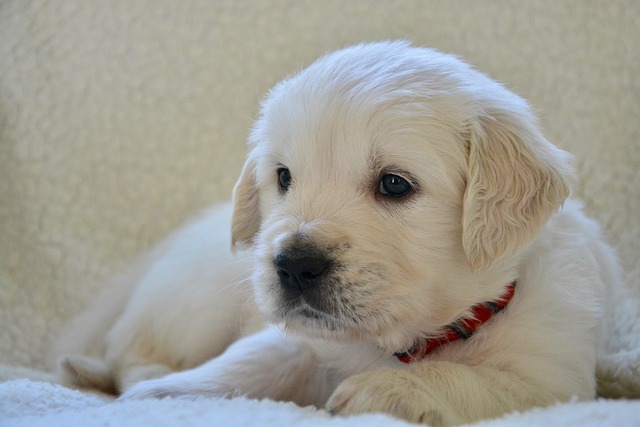
I sat with my friend Lila in her Chicago apartment last weekend, surrounded by grooming tools—slicker brush, rubber curry comb, and a half-empty bottle of shampoo
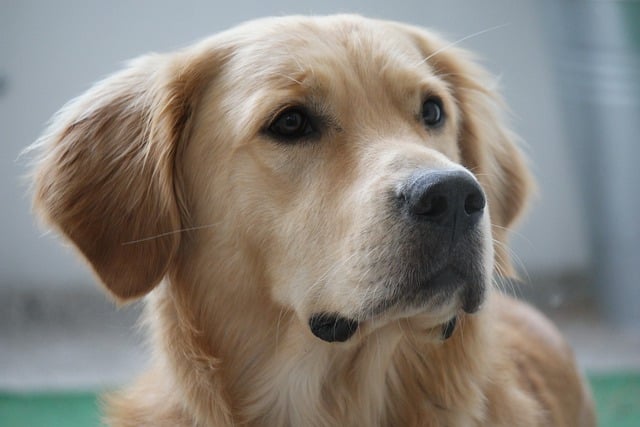
It’s a moment that might make any dog owner’s heart skip a beat: finding a tick attached to your dog’s eyelid. Yes, as unsettling as it sounds, ticks can and do latch onto this delicate area.
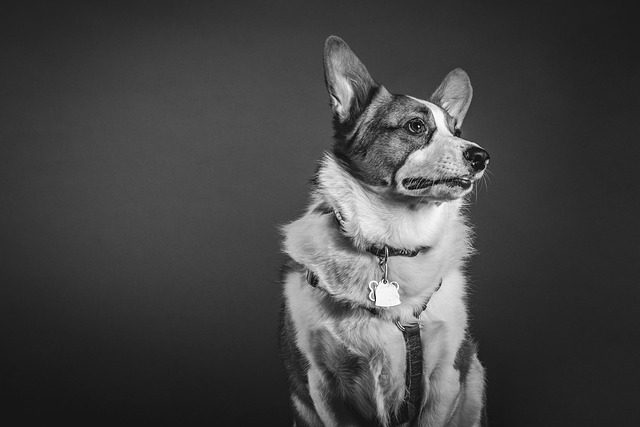
Most pet parents notice their dog’s wag or bark first—but their breathing tells a quiet, important story too. Catching respiratory issues early starts with knowing what’s “normal” for your pup, and spotting small shifts that might slip by.
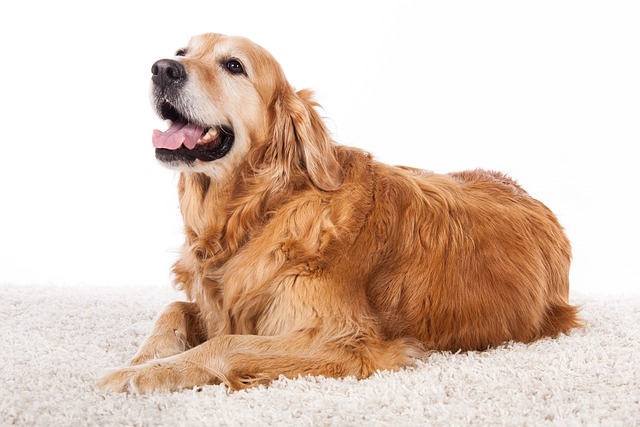
I sat with my friend Zoe in her Denver apartment last week, watching her 18-month-old Pug, Gus, rub his face raw on the carpet—his eyes watery, paws pink from licking